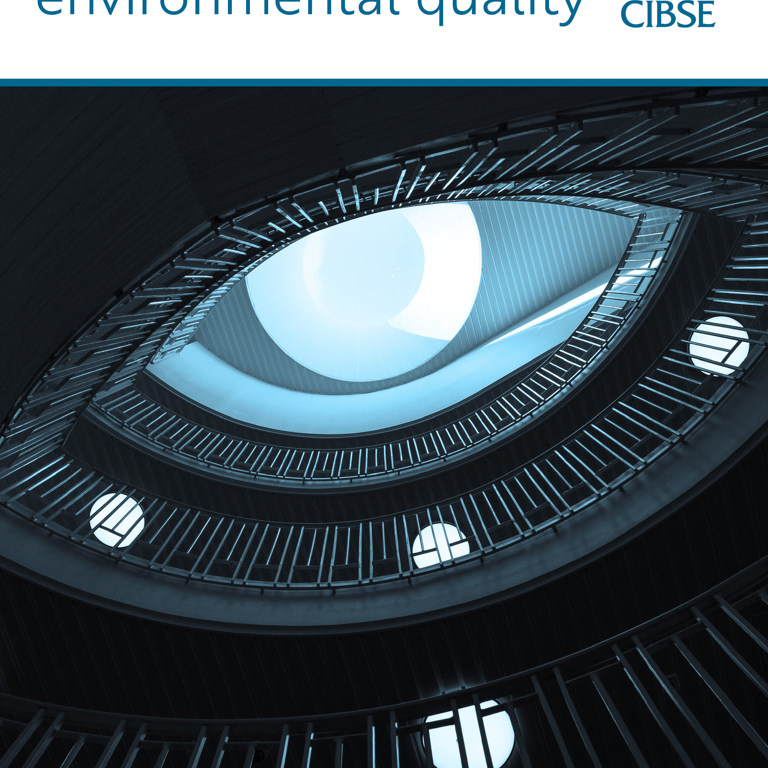CIBSE has published a new Technical Memorandum, TM68 Monitoring Indoor Environmental Quality.
Indoor environmental quality (IEQ) has become a prominent topic in the building sector. This has led to a broadening of the scope of design guidance which, until recently had primarily focused on energy demand reduction. This new resource shifts the focus toward the inclusion of human-centred parameters such as comfort, health and wellbeing.
The National Engineering Policy Centre’s 2022 report Infection Resilient Environments: Time for a Major Upgrade shows how important a topic this has now become. Major building rating schemes now include IEQ in their assessments, either as standalone certifications or within broader remits. However, as the focus shifts from the building fabric to human inhabitants, it becomes ever more important not to rely solely on models and simulations. To deliver effective results, assessments of IEQ need to be performed during the operational stage and for a prolonged period of time, with the intent that they become an integrated and permanent feature of a building system.
“Thinking about IEQ monitoring as an integrated part of buildings’ systems means that there need to be expert figures who design, commission and maintain such monitoring systems, and who can interpret and communicate relevant IEQ data to building owners and occupants. We believe that this role largely falls within the responsibility of a professional member of CIBSE, who acts in collaboration with facility managers, digital security experts and Internet of Things technicians.” Eleonora Brembilla, Assistant Professor – TU Delft and Chair of the TM68 working group.
This Technical Memorandum aims to provide a starting point for all building professionals, to help them get acquainted with the units and instruments used in monitoring thermal comfort, indoor air quality, luminous and acoustic quality, and with the infrastructure needed to properly manage the data flows deriving from them.
Relevant case studies are provided for each of these areas of IEQ, including approaches that are still very much in development, to provide lessons on how to build upon and ultimately improve the quality of the buildings we all live in.
The main purpose of this guidance document is to give an overview of how data collected in real buildings can convey meaningful information about indoor environmental quality (IEQ).
Find out more about TM68 Monitoring indoor environmental quality and download your copy via https://go.cibse.org/TM68MonitoringEnvironmentalQualityPressRelease
